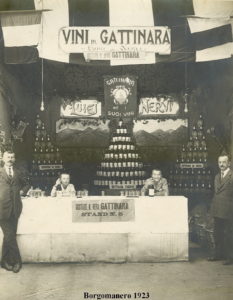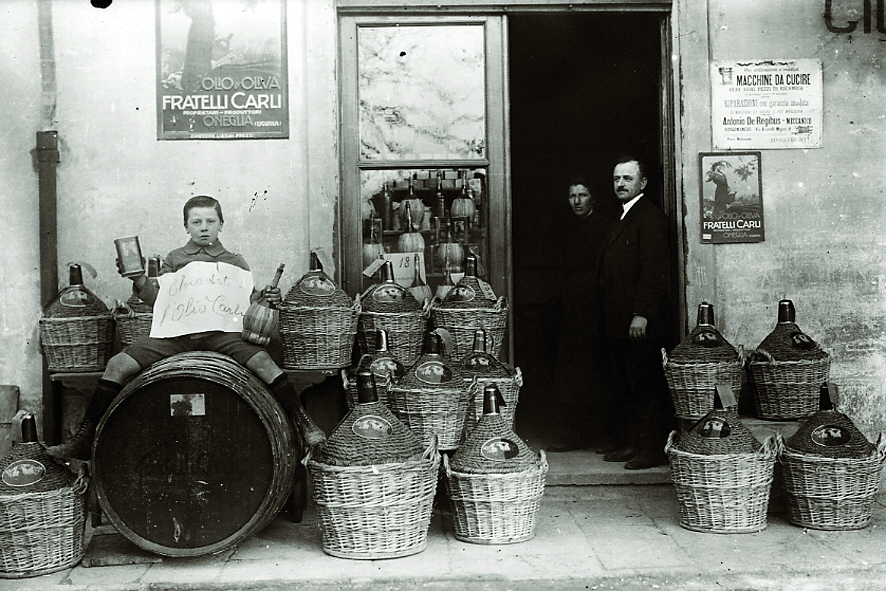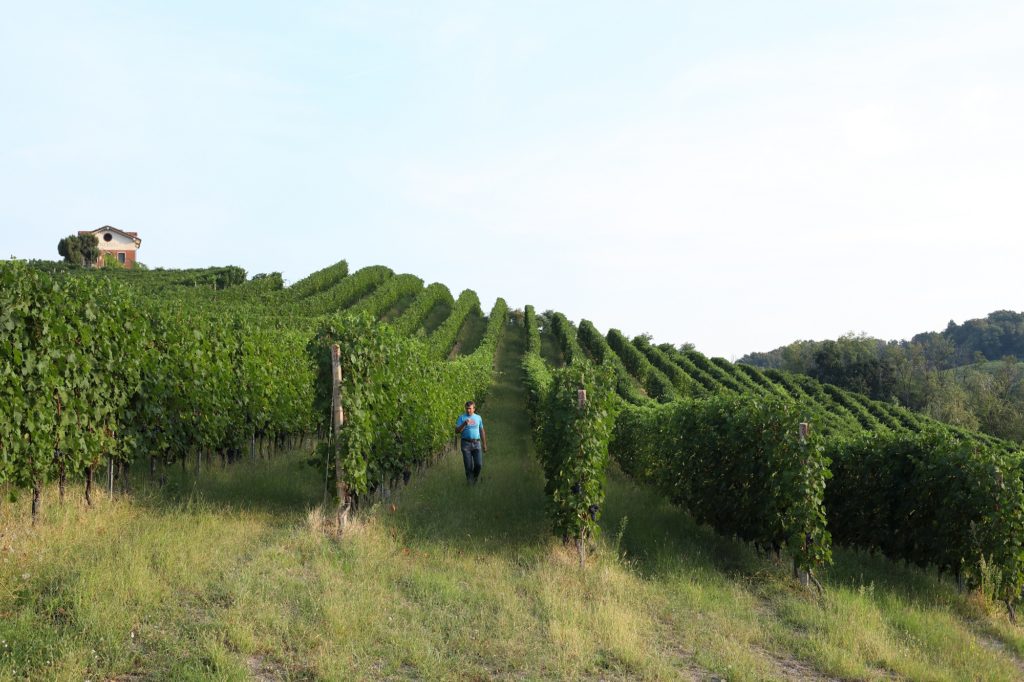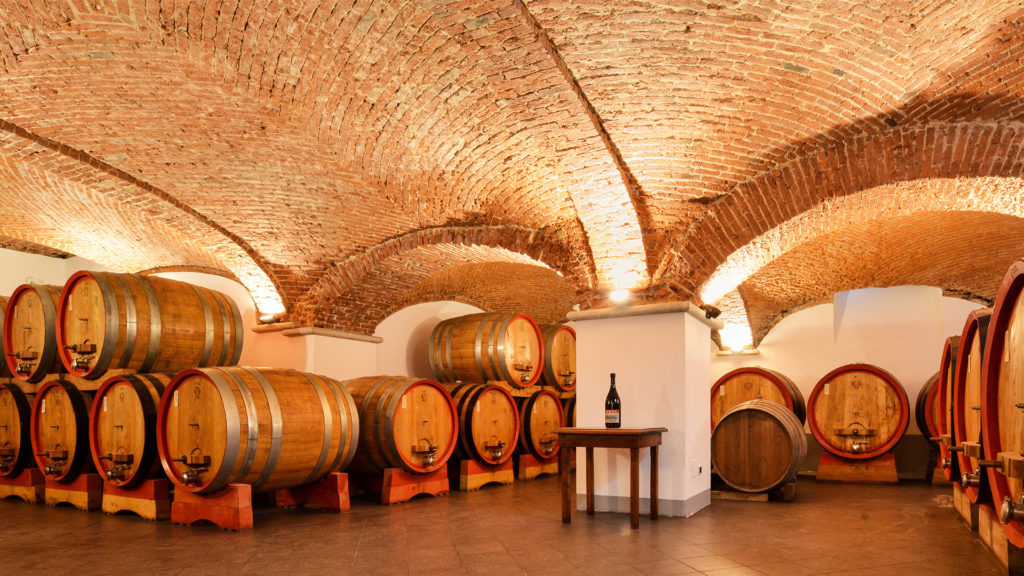“For Gattinara, the arrival of the most prestigious producer in Italy is clearly a huge positive.”
– Antonio Galloni
Introduction
There aren’t many more exciting occasions in wine for me than hearing of Roberto Conterno buying a parcel, a vineyard, or better still, an estate.
With Roberto having expanded the great Cantina Giacomo Conterno estate in Serralunga, by acquiring a part of the Cerretta vineyard (in 2008) and then Arione (in 2015), he has clearly been on the lookout for opportunities. An analogy can be drawn here between a man of Barolo buying in Alto Piedmont and the Burgundians who are now looking to Mâcon and Beaujolais. Those of you who know Roberto will understand that detail is his thing whether it is in the vineyard, in the winery or now, adding to the family’s holdings, the acquisition of Azienda Vitivinicola Nervi.
Nervi was very much on my radar, from the two previous occasions I had tasted. Both times I was sufficiently intrigued and impressed to do a write-up on my own blog. I liked the wines very much but that crucial, human link just wasn’t there – YET.
Adam and I then visited Gattinara back in May this year. Roberto drove us the 90 minutes it takes from Monforte d’Alba to Gattinara – or rather, that is the time it takes the notoriously fast-driving Roberto! We went straight to the vineyards. It is becoming something of a cliché these days to say that great wines are “grown and not made” but it is clearly the case here. Getting up to Molsino was a job only remotely possible in a four wheel drive vehicle. The five of us – Stephanie Flou and Claudia Simion, two crucial parts of the Conterno team – joining Roberto, Adam and I were packed in tightly. The combination of the soils, the aspect, the light and the altitude is something of a delicious cocktail for the Nebbiolo grape.
Ordinarily there will be three wines, all from the Nebbiolo grape. Gattinara itself is joined by two single vineyards – Valferana & Molsino. Roberto, however, doesn’t really do “rules” as you may know so he has already made a bold decision in blending the single vineyards with the Gattinara for the 2015 vintage.
This means that this offer is something of a gem. We are offering Valferana 2014 and Molsino 2014 – the single vineyards – alongside the Gattinara 2015 which has been “supercharged” with the single vineyards’ 2015 fruit. In the pages that follow you will find history and geography as well as information on the crucial human elements.

A history of the Gattinara region
The history of Azienda Vitivinicola Nervi dates back more than 100 years. The history of wine in the area goes back further still. The 10th century tower, Torre della Castelle, that still stands prominently above the town, was built to guard the vineyards. The Valferana vineyard, more about which below, can be traced back to 1242 in Gattinara’s municipal deeds.
In 1787, Thomas Jefferson stayed at the Hotel Tre Re in Vercelli and drank his first Gattinara. The wine made a lasting impression and was the beginning of his passion for Nebbiolo. From the evidence in his journals, it has been deciphered that this wine was most likely a sparking rosé: “There is a red wine of Nebiule made in this neighbourhood which is very singular. It is about as sweet as the silky Madeira, as astringent on the palate as Bordeaux, as brisk (sparkling) as Champagne. It is a pleasing wine”. Things have moved on since then!
Until the end of the 19th century, Gattinara was held in far higher regard than Barolo and
Barbaresco. Phylloxera savaged the vineyards, reducing the area from over 600 hectares to just over 100. In 1872, a relative of Luigi Nervi’s, Pietro Giovanni Nervi, helped establish Italy’s second oenological research station in Gattinara. The analysis performed at the centre resulted in the 1875 quality classification of North Piemonte’s terroirs. Gattinara was placed first, followed by Lessona, Grignasco, Ghemme, Cossato, Sizzano, Boca and Briona. The head of the research station, Giovanni Battista Cerletti commented:
“The best wines of North Piemonte enter into the category of Grand Vins d’Italie and match the great wines of Bordeaux and Burgundy, particularly the latter to which the North Piemontese wines are similar. This conclusion is supported by the prices obtained by a good Gattinara or Ghemme.”
Italo, the only son of Margherita and Luigi Nervi, was largely responsible for obtaining the official DOC classification for Gattinara in 1967, with the higher quality DOCG classification obtained in 1990. The wines must contain at least 90% Nebbiolo, known locally as Spanna, with up to 10% Bonarda di Gattinara and no more than 4% Vespolina. Ageing is in oak for a minimum of one year, two years for Riserva, plus two years in bottle.

The Vineyards
Geological Background
A series of seismic events has given the area of Gattinara a unique soil structure. 280 million years ago, volcanic rocks were created when the Valsesia super-volanco erupted. Then, when Africa collided with Europe to form Monte Rosa 60 million years ago, these rocks were forced to the surface as gravel. Most of this was washed away over time except for that of Gattinara’s higher slopes. This has created a unique mineral-rich terroir. The gravel is rich in iron, manganese, zinc and copper. In addition, the high clay content – paralleled by Serralunga d’Alba – and an absence of chalk give rise to acidic soil conditions, perfectly suited to Nebbiolo. Nestled in the foothills of Monte Rosa, the vineyards are protected from northerly winds.

The Vineyards
There are currently 28 hectares (ha) under vine.
Molsino, at 12ha, is Alto Piedmont’s finest south-facing amphitheatre. 7-8ha would ordinarily be considered for the Vigna Molsino bottling. The altitude is 350-420m.
Valferana is 8ha in size and is particularly high in iron and manganese, up to six times that of other Nebbiolo producing regions. Around 3-4ha would, at the moment, be considered for the Vigna Valferana bottling. The remainder is for the Gattinara. The altitude is 320m.
Garavoglie is 7ha and was replanted in 2015 with thirteen different Spanna (local name for Nebbiolo) clones, ensuring the original Nebbiolo clones of Alto Piedmont remain an integral part of Nervi vineyards.
Casaccie is the last site, at a minute 1ha.
Pruning and harvesting at all sites is carried out by hand.

The Winery
Enrico Fileppo is the chief oenologist and has been with the winery since 1983.
In the cellar, native yeasts are used. Roberto is now incredibly hands-on here, as one would expect.
For the single vineyard wines – Vigna Valferana and Vigna Molsino – there is gentle destemming and crushing. Fermentation is in truncated conical oak vats, at controlled
temperatures. Maceration lasts 3-4 weeks. The ageing that follows is for a minimum of 40 months in old wood. The sizes of that old wood varies from 10hl to 76hl; it is an extraordinary cellar.
For the Gattinara, similarly, destemming and crushing is very gentle, followed by fermentation in stainless steel vats, again at controlled temperatures. The ageing here is for 30 months in large old wood. The typical production levels are Molsino – 1,325 cases (12x75cl), Valferana – 575 cases and Gattinara – 7,085 cases. The alcohol levels are typically 13.5%.
Large oak casks, or botte, are used for ageing and are made of Austrian, French, German and Slavonian oak. More than 100 years of wine production have shown that only through a long and controlled ageing process can the high potential of Nebbiolo tannins be transformed into a well-balanced wine. For this reason, in the Nervi cellars, ageing time is lengthened to more than that required by the Gattinara DOCG.
The minimum aging required by the Gattinara DOCG is three years, two of which must be in cask. The wines of Nervi age, as above, for four years, at least 2.5 years of which are in oak. This explains Luigi Nervi’s motto: Nectar in tempore, which implies that patient ageing in the cellar transforming the Nebbiolo grapes into the precious elixir which made the Roman gods immortal – just in case you were in doubt.

